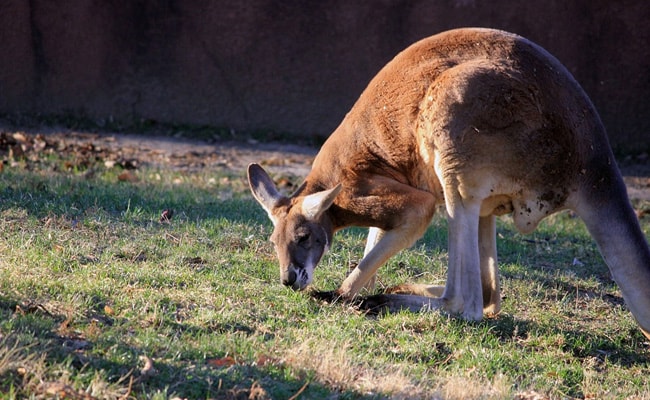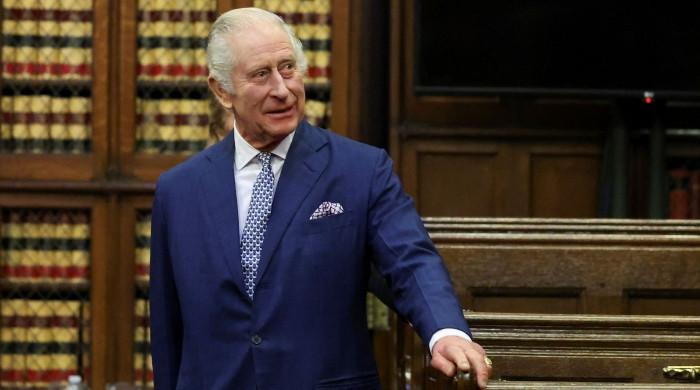Large areas of Australia’s Great Barrier Reef, the world’s largest coral system, are affected by massive coral bleaching caused by marine heat waves.
Surveys show that 2,300 kilometers of ecosystems are experiencing severe bleaching.
Bleaching on the Great Barrier Reef was discovered weeks ago, but recent aerial surveillance by the Great Barrier Reef Marine Park Authority and the Australian Institute of Marine Science shows bleaching is occurring on 75 per cent of 1,001 reefs examined. This means that the organisms that live on it are struggling to survive.
A quarter of the individual reefs surveyed had low or no bleaching, while half had high or very high levels of bleaching.
The reef management agency confirmed that “widespread bleaching is occurring in all three areas of the marine park” – the north, south and central.
“Sea surface temperatures remain 0.5-1.5 degrees above average for this time of year,” the report said.
Scientists say corals can bleach, or turn white, when they are stressed by changes in water temperature, light or nutrients. In response, the coral expels the symbiotic algae living in its tissues, exposing its white skeleton.
Not all bleaching events are caused by warm water, but experts say the mass bleaching reported on Australia’s Great Barrier Reef was caused by a marine heat wave.
“Corals excrete microalgae, so when you see a bleached coral, it’s not dead, it’s starving,” she told VOA, Bleaching Kills Corals. Fragile and weak.
“If they do recover, they will be more susceptible to disease and less able to reproduce. However, if the temperature is too hot for too long, the corals cannot survive and will die,” she said.
Schindler said coral reefs around the world are becoming increasingly susceptible to bleaching due to the effects of climate change.
“We don’t know how long our oceans can continue to absorb so much heat, and I think these mass bleaching events that are happening around the world show that this heat absorption is having a real impact on coral reefs and will continue to do so,” she explain. “So as climate changes, there will be more severe and more frequent mass bleaching events, such that coral reefs will not be able to recover between these events.”
The Great Barrier Reef stretches 2,300 kilometers along Australia’s northeastern coast and is an area the size of Japan.
Environmentalists say it faces a range of threats, including rising ocean temperatures, overfishing, pollution and the coral-eating crown-of-thorns starfish.
The Australian government aims to reduce national emissions by 43% by 2030 and achieve net zero emissions by 2050.
Follow us on Google news ,Twitter , and Join Whatsapp Group of thelocalreport.in

















